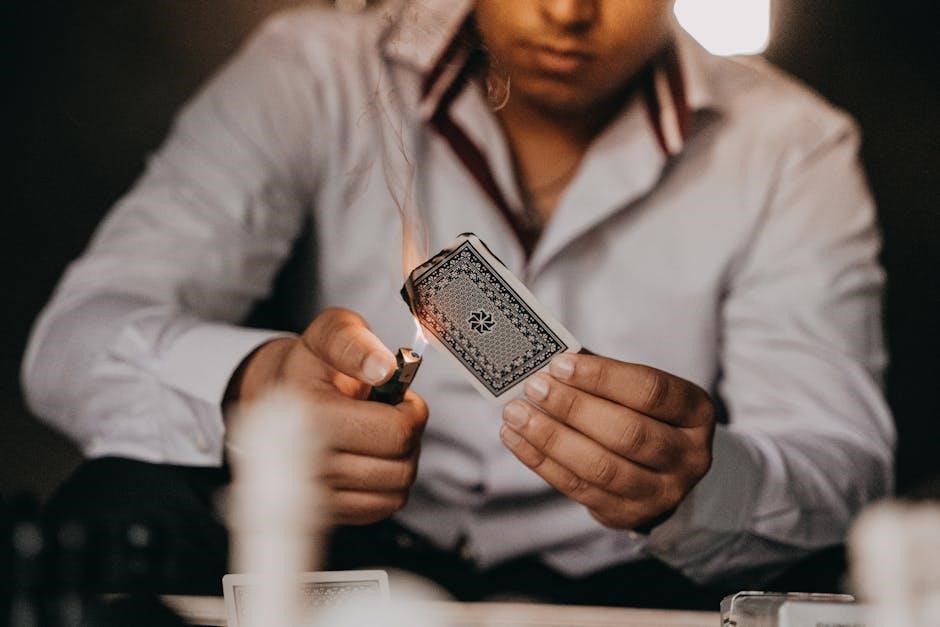Objective of the Game
The main goal in Blink is to be the first player to successfully get rid of all of their cards by matching and discarding all cards as quickly as possible. You match based on shape, color, or count. The game prioritizes speed and quick thinking to win.
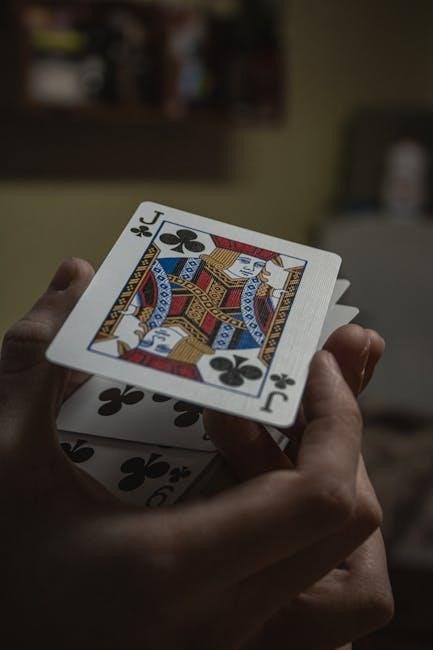
Components of the Game
Blink is a card game that utilizes a specialized deck of cards designed to facilitate its unique gameplay. The primary component of the game is the deck of Blink cards. This deck consists of sixty cards, each featuring a combination of distinct attributes. These attributes include the color, shape, and count of symbols displayed on each card. The colors may vary, typically incorporating red, yellow, and green. The shapes on the cards can include stars, triangles, or circles. The count refers to the quantity of shapes on the card, ranging from one to three.
Therefore, each card possesses a combination of these features. For example, a card might display two red stars, while another could feature one yellow triangle. This variation is essential for the gameplay, requiring players to make quick decisions based on these attributes. The simplicity of the components ensures that the game is accessible to a wide range of players.
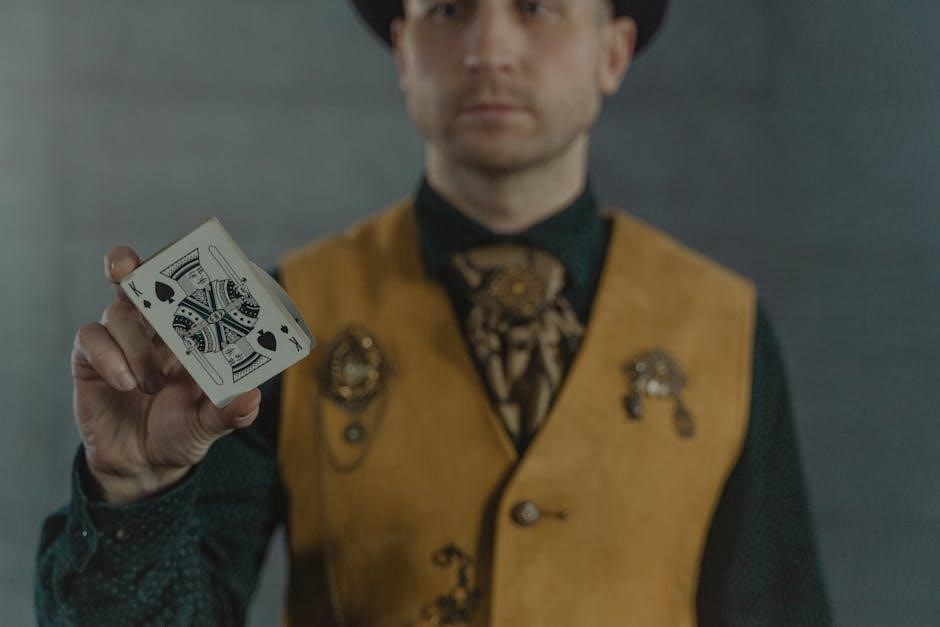
Game Setup
To begin, the dealer thoroughly shuffles the entire deck of Blink cards. Then, the shuffled deck is dealt face down to create equal draw piles for each player. Each player should place a draw pile directly in front of them, ready for gameplay.
Shuffling and Dealing
The initial step in preparing for a thrilling game of Blink involves carefully shuffling the entire deck of cards. It’s crucial to ensure that the cards are thoroughly mixed to maintain fairness and randomness throughout the gameplay. A well-shuffled deck prevents any predictability and keeps players on their toes.
Once the deck is adequately shuffled, the next step is to distribute the cards evenly among the players. In a standard two-player game, the deck is divided into two equal piles, with each player receiving one pile to serve as their personal draw pile. The cards are dealt face down, ensuring that players do not see the faces of their cards until they are ready to play them.
For games with more than two players, the deck is divided accordingly to create equal draw piles for each participant. The number of cards in each pile may vary depending on the total number of players, but the goal is always to ensure that everyone starts with the same number of cards and an equal opportunity to win.
After the draw piles are created, each player places their pile face down in front of them, within easy reach throughout the game. This arrangement allows players to quickly draw new cards when needed and keeps the gameplay flowing smoothly.
Creating Draw Piles
After shuffling and dealing the cards, the next crucial step in setting up a game of Blink involves the creation of draw piles. These piles serve as each player’s personal source of cards throughout the game, and their proper formation is essential for fair and engaging gameplay.
Each player takes their dealt stack of cards and places it face down in front of them. This face-down stack becomes their draw pile, from which they will draw new cards as the game progresses. It’s important that the draw piles remain face down to prevent players from gaining an unfair advantage by knowing the order of their cards.
In a standard two-player game, each player simply uses their entire dealt stack as their draw pile. However, in games with more than two players, the initial dealing process ensures that each player receives an appropriately sized stack to serve as their draw pile.
The draw piles should be positioned within easy reach of each player, allowing them to quickly and efficiently draw new cards as needed. This accessibility helps maintain the fast-paced nature of Blink and ensures that players can react swiftly to changing game conditions.
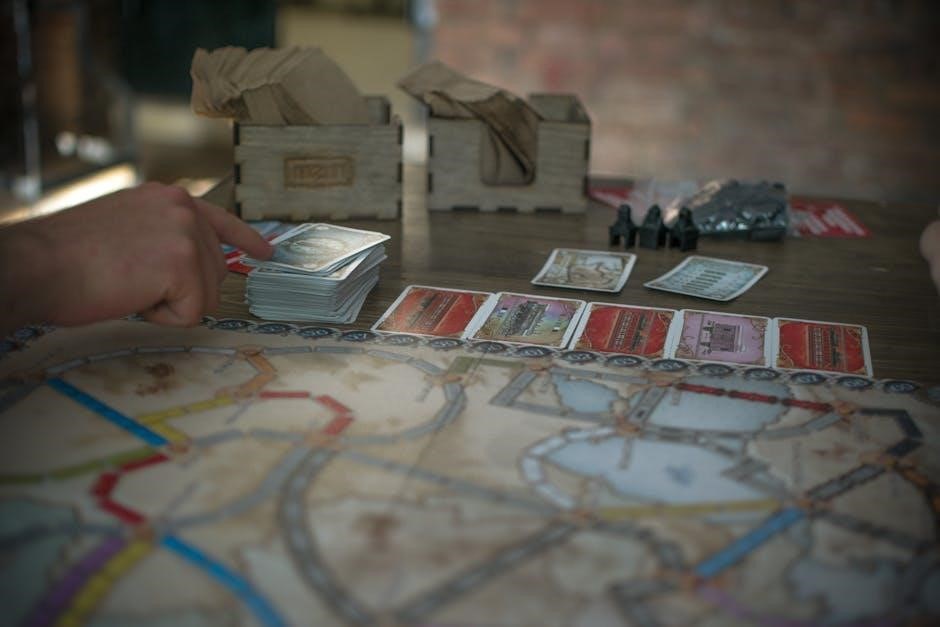
Gameplay
The gameplay of Blink revolves around quickly matching cards based on color, shape, or count. Players race against each other to discard cards from their hands onto shared discard piles, drawing new cards to maintain a full hand and keep the pace frantic.
Matching Cards
The core mechanic of Blink lies in the rapid matching of cards. Players strive to discard cards from their hand by finding a match with the top card on either of the two discard piles. A card can be matched based on one of three criteria: color, shape, or count. For instance, a card featuring three red stars can be played on top of another card that is either red, features stars, or has three shapes.
This matching process demands quick thinking and sharp observation. Players must scan the cards in their hand and the discard piles simultaneously, identifying potential matches as fast as possible. The speed at which players can recognize and execute these matches is crucial to gaining an advantage in the game.
The game encourages players to focus on the most immediate and obvious matches, as hesitation can allow their opponent to seize the opportunity and empty their hand first. This creates a dynamic and competitive environment where quick reflexes and strategic decision-making determine the victor. The matching rules, though simple, are the foundation of Blink’s fast-paced and engaging gameplay.
Matching by Color
One of the primary ways to match cards in Blink is by focusing on the color. If the top card on a discard pile is, for example, blue, any card in your hand that is also blue can be played on top of it. The shape and the number of symbols on the cards do not matter when you are matching by color; the only determining factor is that the colors are identical.
This aspect of the game requires players to quickly identify the colors on their cards and compare them to the colors of the discard piles; It encourages a keen eye for detail and the ability to rapidly process visual information. The colors are bright and distinct, making them easy to recognize.
Matching by color is often the quickest and easiest way to play a card, especially if you have several cards of the same color in your hand. It allows for rapid discarding and can provide a significant advantage in the fast-paced gameplay of Blink, allowing you to quickly deplete your pile.
Matching by Shape
Another key method to discard cards in Blink involves matching the shapes displayed on them. For instance, if the card at the top of a discard pile shows stars, you can play any card from your hand that also features stars, irrespective of the color or the number of stars present. The sole criterion is that the shapes are identical.
This aspect of the game demands that players swiftly recognize the shapes on their cards and compare them against those on the discard piles. It cultivates a sharp sense of detail and the capability to rapidly interpret visual data. The shapes are varied and distinct, ensuring they are easily identifiable at a glance.
Matching by shape can be a strategic move when you have multiple cards with the same shape but different colors or quantities. This method allows for quick card disposal and can provide a substantial edge in the fast-moving gameplay of Blink. It enables you to deplete your card pile efficiently.
Matching by Count
Beyond matching colors and shapes, players can also discard cards by matching the number of shapes on them. If the top card of a discard pile displays two shapes, any card from your hand with exactly two shapes can be played on top, regardless of the shape or color. This matching strategy introduces another layer of quick decision-making.
To effectively use this method, players must swiftly assess the number of shapes on their cards and compare it to the discard piles. This requires keen observation and the ability to quickly count and recognize numerical patterns, even under pressure. The count matching rule adds complexity to the gameplay.
Matching by count offers a tactical advantage, particularly when you are restricted by color or shape matches. Recognizing and exploiting opportunities to match by count can help you quickly deplete your cards. It makes for strategic plays, and efficient card management in Blink.
Drawing New Cards
After successfully playing a card onto one of the discard piles, players are immediately allowed to replenish their hand by drawing a new card from their personal draw pile. This ensures that each player consistently maintains a hand of three cards, enabling them to continue making strategic plays. If a player does not have any cards, they do not replenish, until they have some cards in their hand, or until they have gotten rid of all of their cards, and won the game.
Drawing new cards is a critical element of the gameplay. It allows you to continuously assess new options, and adapt your strategy based on the incoming cards. This constant flow of cards maintains the game’s fast pace and demands quick thinking.
Remember to draw swiftly after each play. The speed at which you replenish your hand can impact your reaction time, and overall efficiency. Mastering the art of swift drawing is crucial for staying ahead of your opponent in Blink.
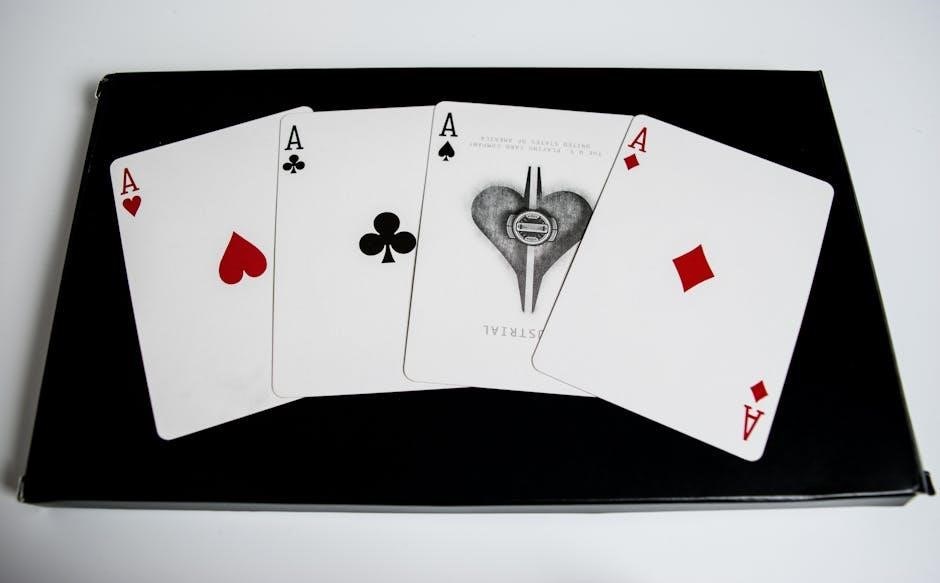
Winning the Game
The ultimate objective in Blink is to be the first player to deplete their entire draw pile, and successfully discard all of their cards. This requires a combination of sharp observation skills, quick decision-making, and a little bit of luck. Once a player has played their final card from their draw pile, they are declared the winner of the round.
Because Blink is a game of speed, and quick reflexes, the winning moment can happen in the blink of an eye. Players must remain focused, and vigilant throughout the game, to seize every opportunity to make a match, and discard their cards.
In some variations, players may choose to play multiple rounds, keeping track of the wins. The first player to reach a predetermined number of victories, such as three or five, is declared the overall champion of Blink. This adds an extra layer of competition, and strategy to the game.
